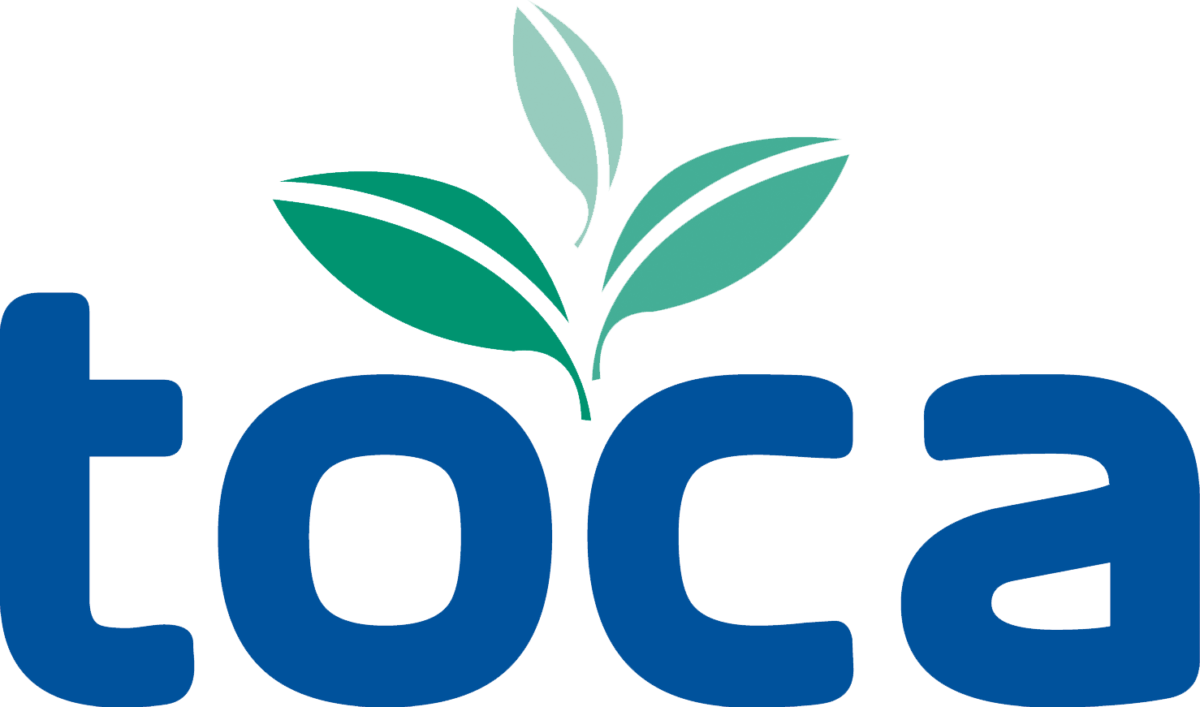Lessons Learned from ‘Surviving COVID-19’
By Dawn Rigby, Xylem Marketing
At the TOCA 2020 Virtual Annual meeting, members of the Turf and Ornamental Communicators Association heard from Karl Danneberger, turfgrass professor and researcher at The Ohio State University (OSU), as he shared his firsthand experience of surviving COVID-19.
“You’ve been to hell and back, and it’s good to have you back,” Danneberger recounted the first conversation he could remember after waking up at The Ohio State University Wexner Medical Center on March 31. “There were doctors, nurses and guys vacuuming the carpet in the hallway, giving me a thumbs up, clapping and dancing.”
Danneberger was one of the first patients diagnosed with COVID-19 at OSU, and the medical team celebrated when his condition had improved enough to take him off the ventilator and wake him from his two-week-long “dream.”
He had been admitted on March 16 after being taken to the OSU Hospital Emergency Room for fever and difficulty breathing. His condition quickly progressed as he developed pneumonia and required a ventilator.
Coming off the ventilator after 15 days, Danneberger was so weak that he didn’t even have the strength to push the call button. He lost 25 pounds while in the hospital and grew a beard for the first time in his life.
He spent the next two weeks in the intensive care unit before being moved to the COVID floor in a different building. He needed to show a negative COVID test twice in a row before he could go to rehab, where he spent another week.
On April 16 – after 31 days in the hospital – Danneberger was released to go home.
Danneberger doesn’t remember much about being in the hospital. He was heavily sedated while on the ventilator. His family, however, will likely never forget the experience.
Visitors were not permitted at the hospital, and Karl’s wife, Sallie, was quarantined at home alone for 28 days due to her potential exposure to the virus. The nurses called Sallie three times a day, and doctors would call twice more with updates.
One thing that brought comfort to the family during that time was the incredible outpour of support they received from friends and community members in the turf industry.
Lessons learned from Danneberger:
- Have hope and gratitude.
When asked to describe his experience in only one word, Danneberger said, “Hope.” He went on to express his sincere gratitude for the medical team at OSU and to his family and the community that supported him.
- Wear your mask.
Many people in the turf industry have expressed that they never really took COVID-19 seriously until they heard about Danneberger. To him, wearing a mask is a sign of respect; and it is something you do to protect others.
- Prioritize your health.
Danneberger recommended getting a flu shot and monitoring your health. He explained that just as we strive to maintain healthy turfgrass and ornamental plants because we know plant pathogens attack the weakened plant, we should apply the same principles to our own health.
